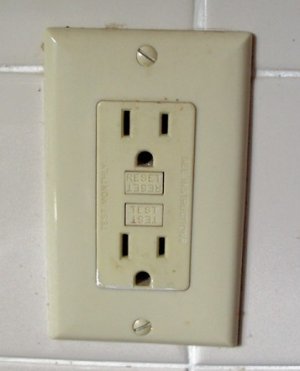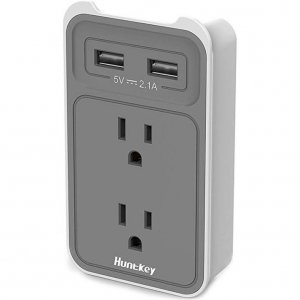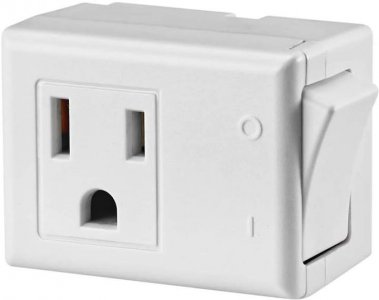debodun
SF VIP
- Location
- way upstate in New York, USA
I was cooking oatmeal in the microwave this morning. I set it for 3 minutes. When I came back I assumed it was done, but when I took it out of the oven, it wasn't very warm. Then I noticed the indicator light on the oven was out and the clock plugged into the same outlet wasn't running. Further investigation disclosed that all the outlets on the south wall of the kitchen were out. I assumed I could fix it by flicking the circuit breakers to the kitchen. There are 2 switches in the breaker box labeled KITCHEN, however that idea didn't work.
Later I was out taking my morning walk and saw my next door neighbor out. We chatted a bit and I mentioned the electric problem. He said he'd take a look. I told him I had already tried the switches in the breaker box. He went over to one outlet and pressed something and the power was back on. He said it was a ground fault circuit interrupter. I hadn't even noticed the button for that on the outlet (they are the same color). He said I might have a problem with the microwave since it's a fairly old model. Now I know what to do if it happens again.
Later I was out taking my morning walk and saw my next door neighbor out. We chatted a bit and I mentioned the electric problem. He said he'd take a look. I told him I had already tried the switches in the breaker box. He went over to one outlet and pressed something and the power was back on. He said it was a ground fault circuit interrupter. I hadn't even noticed the button for that on the outlet (they are the same color). He said I might have a problem with the microwave since it's a fairly old model. Now I know what to do if it happens again.





